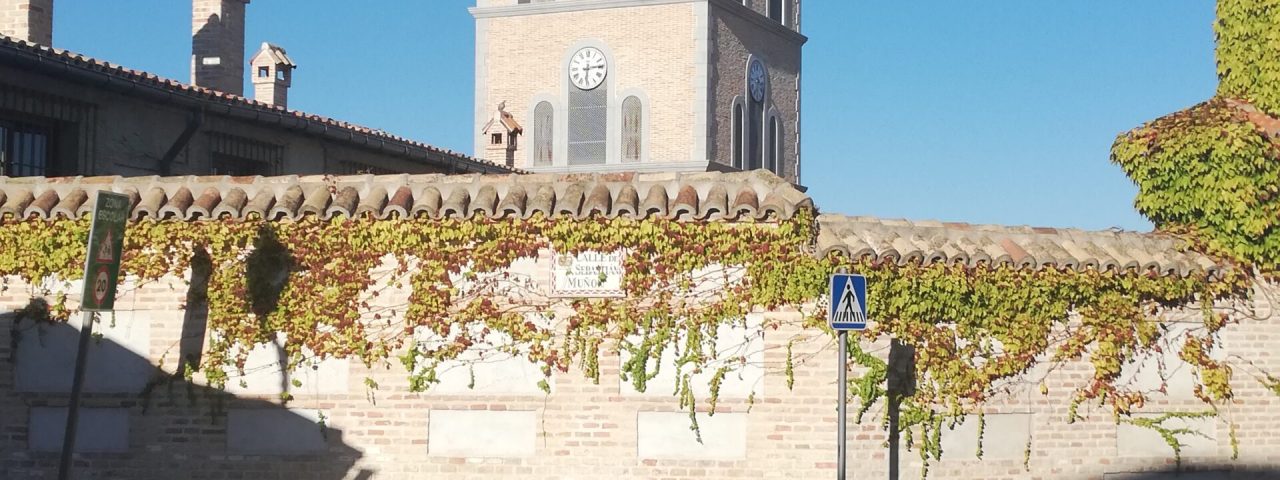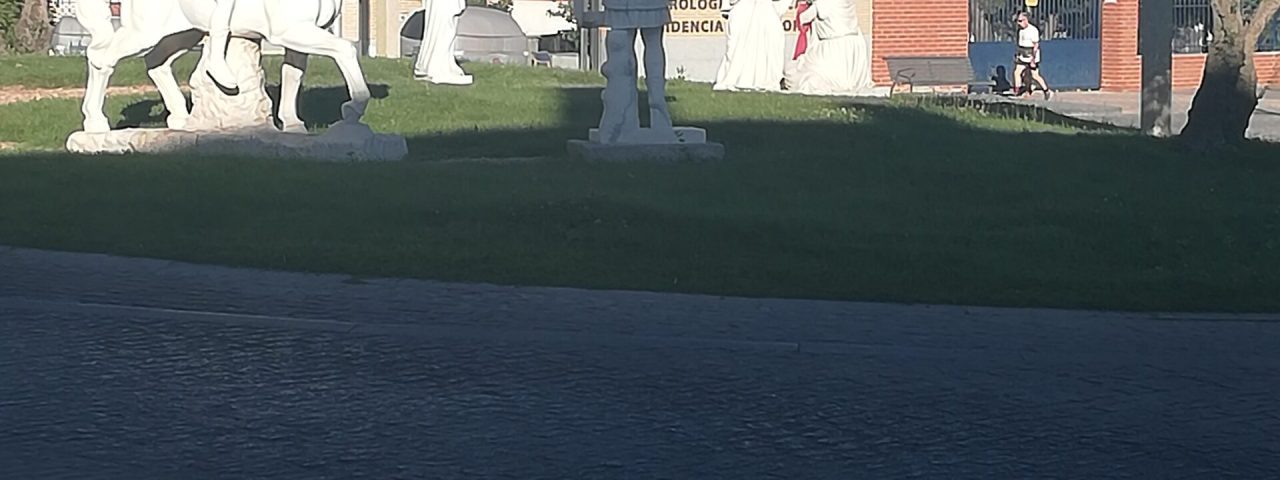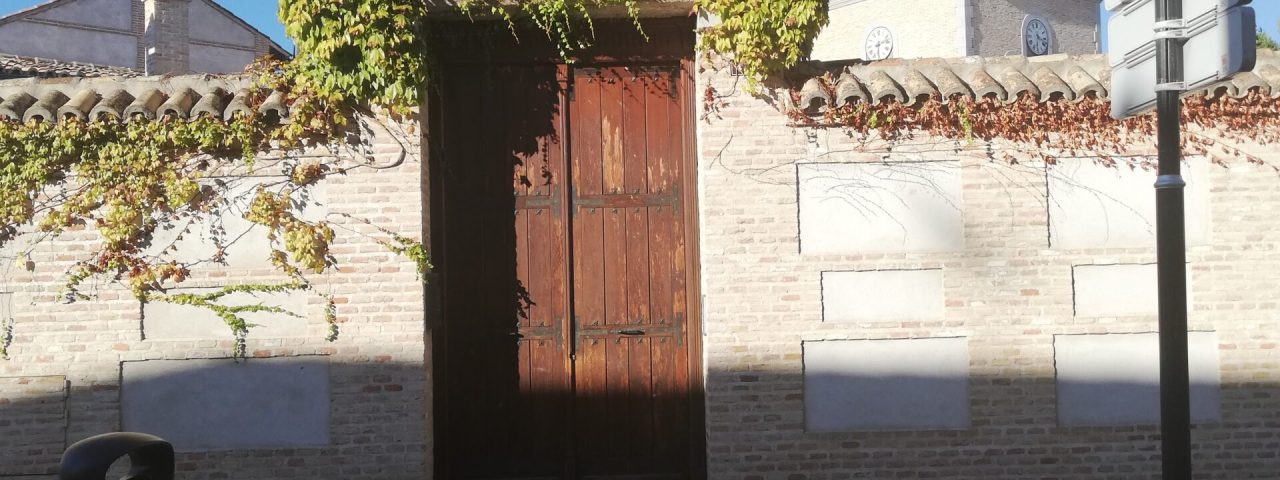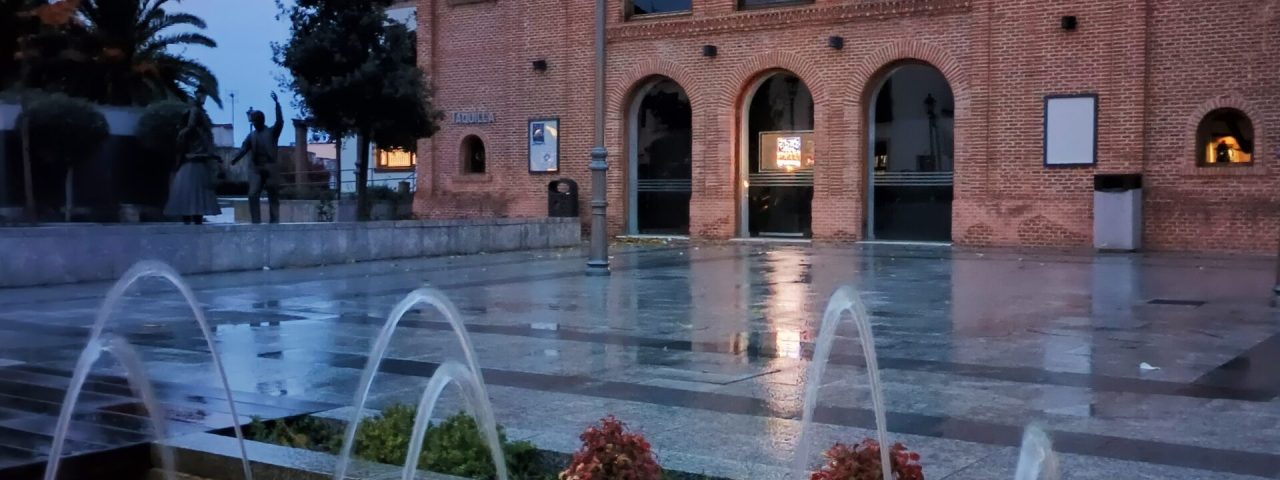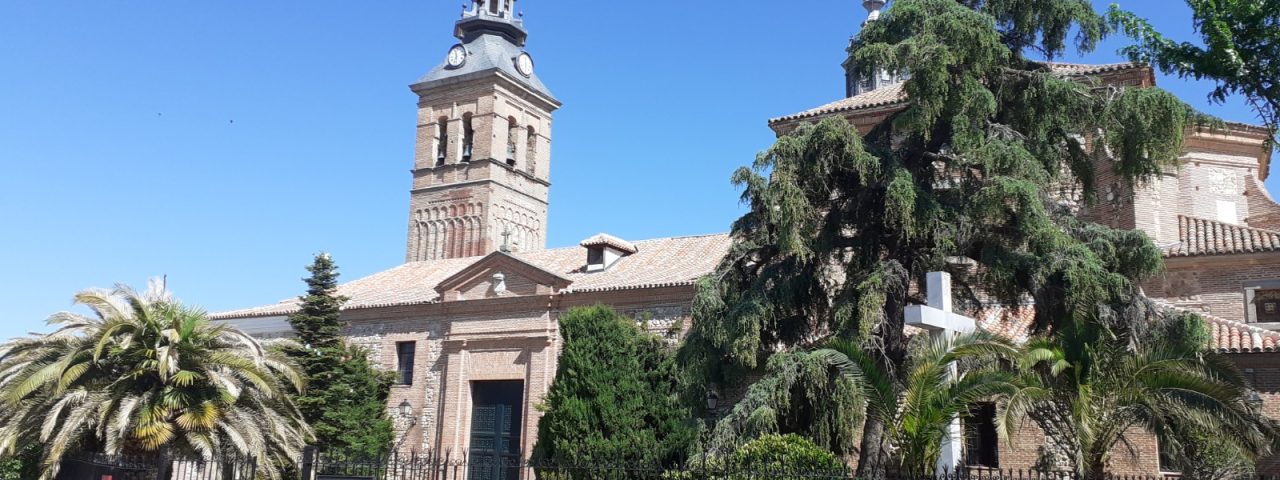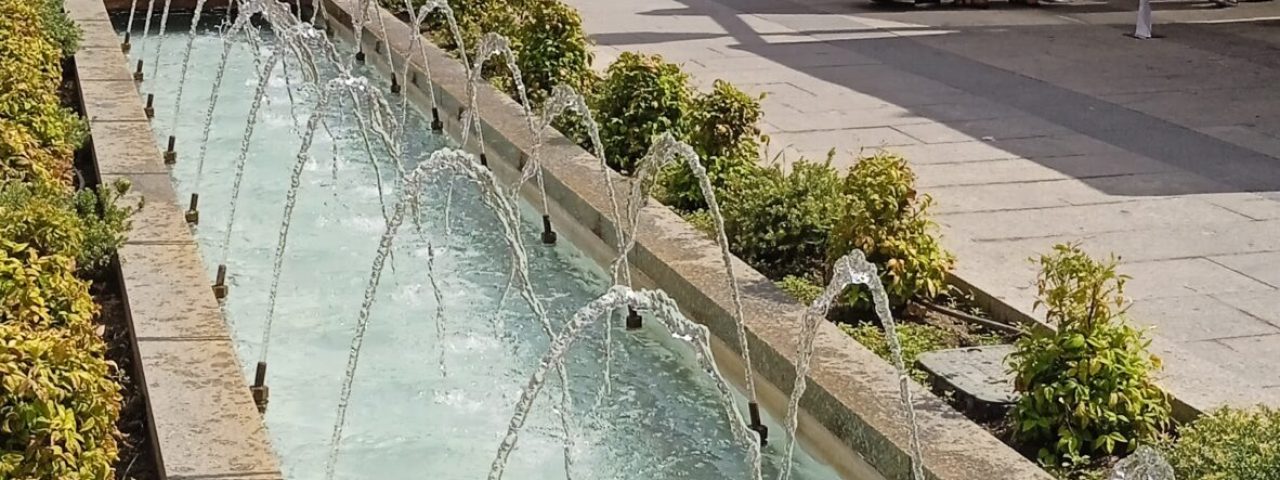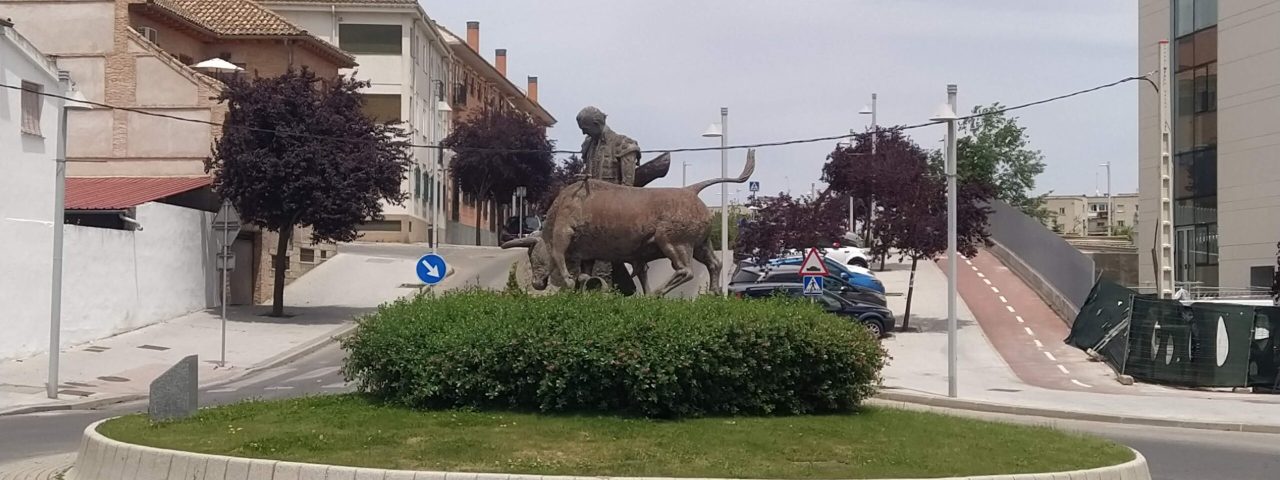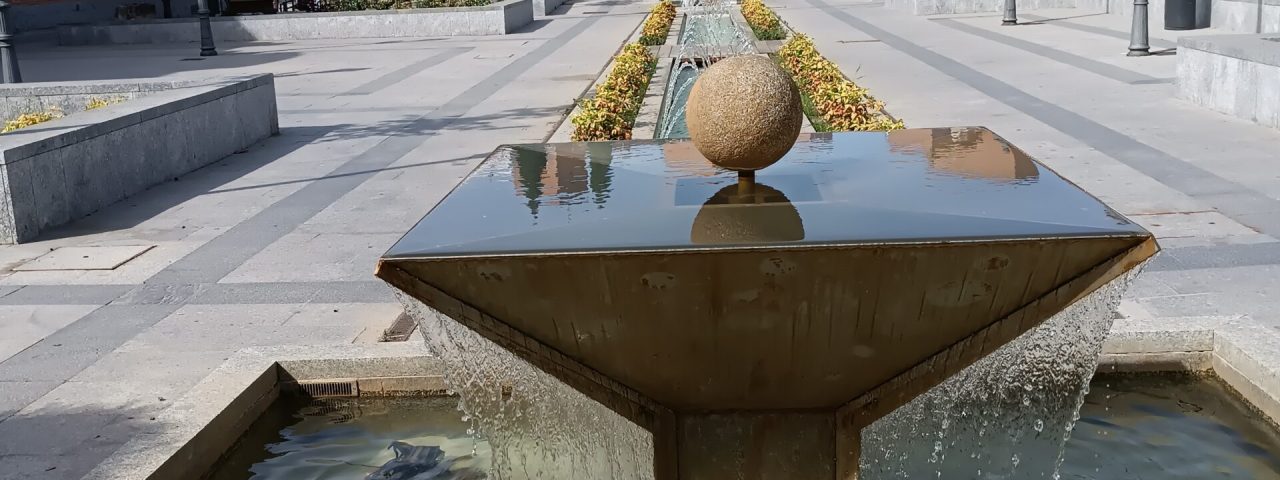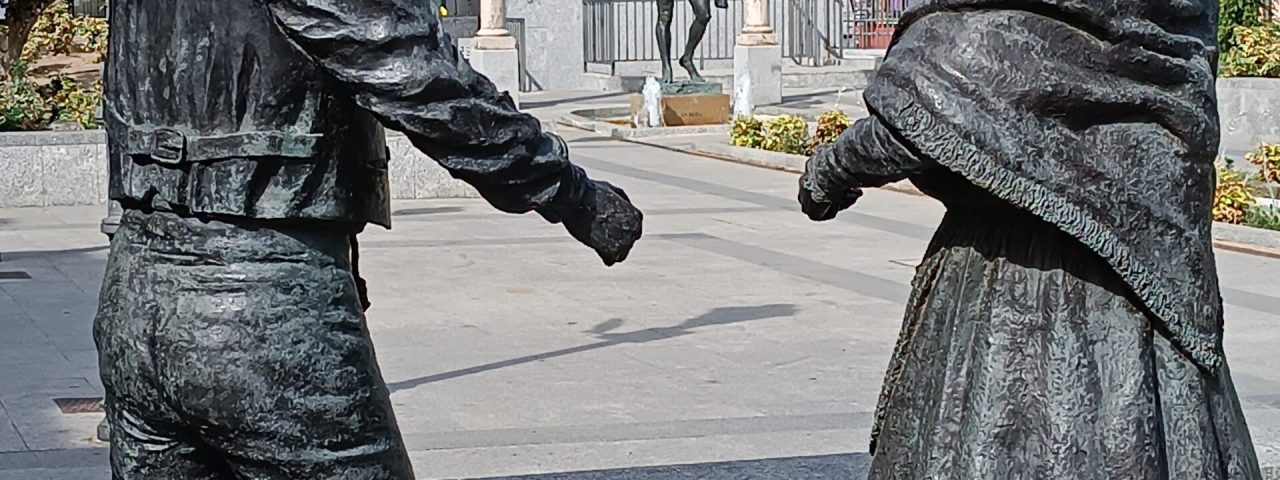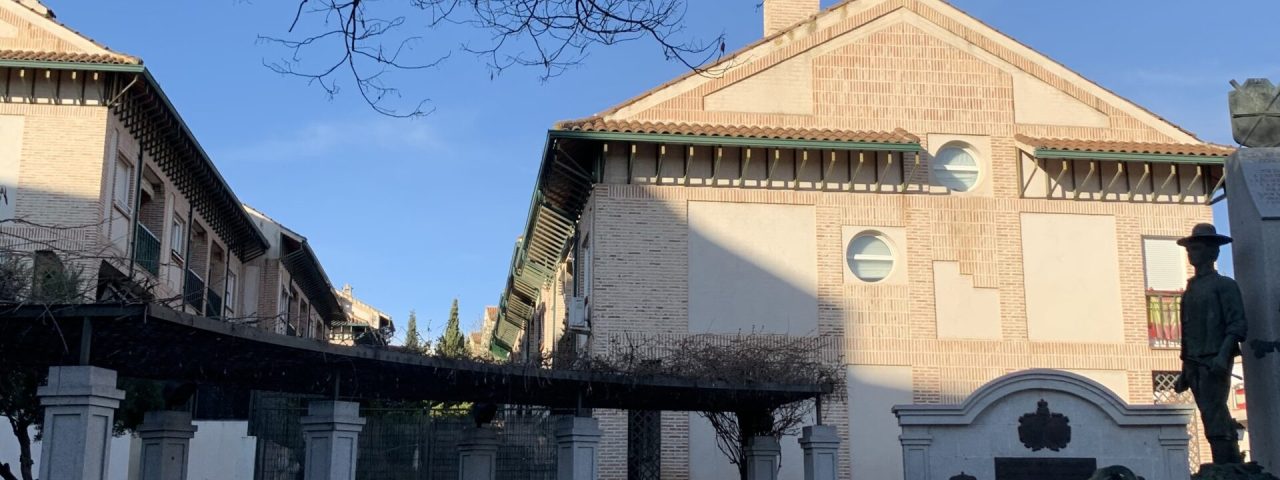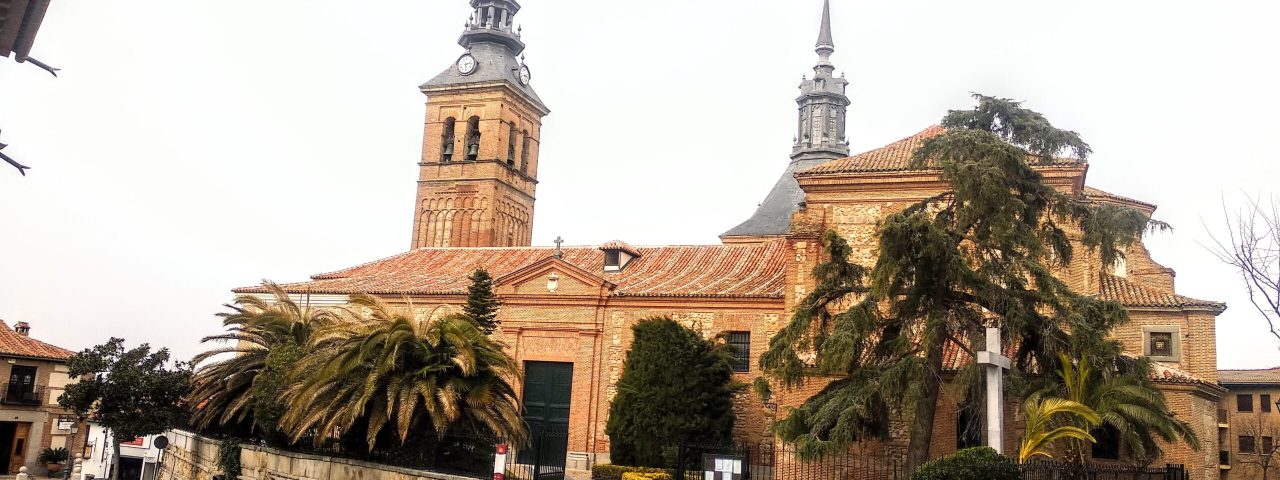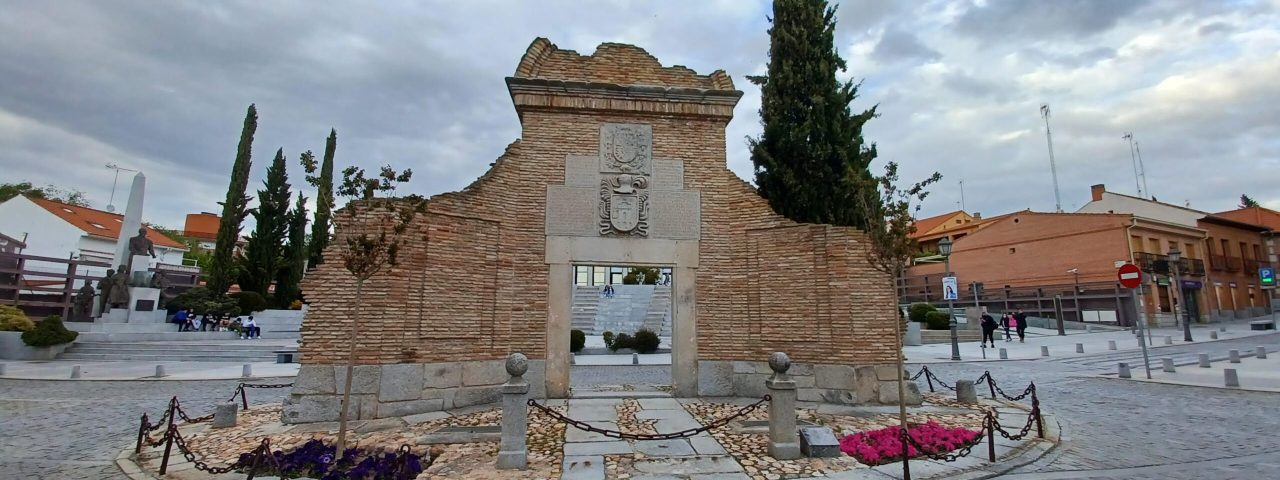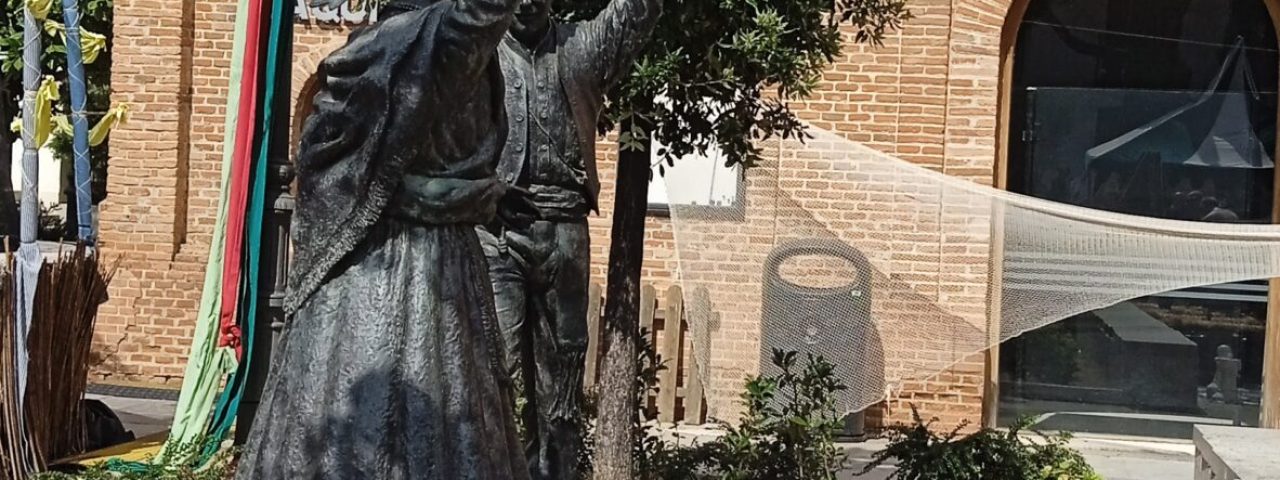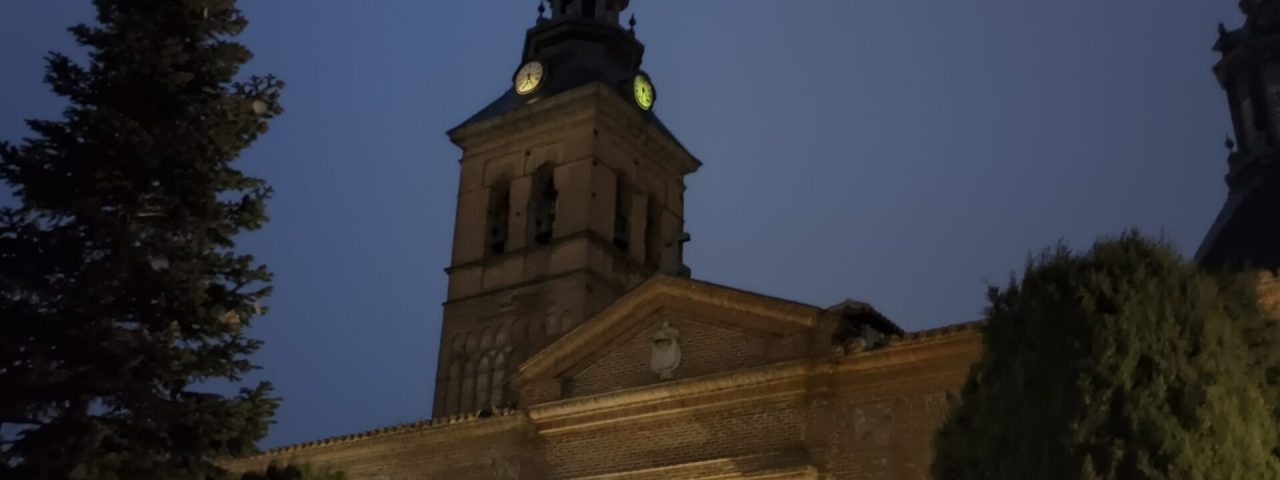Navalcarnero was founded in 1499 by settlers from the neighboring village of Segovia, and its history is deeply intertwined with the growth and expansion of the Spanish Empire. The town gained prominence in 1649 when it hosted the wedding of King Philip IV to Mariana of Austria, an event that put Navalcarnero on the historical map. This event is still celebrated today, with annual festivities that commemorate the royal marriage.
The town’s cultural identity is strongly influenced by its agricultural roots, particularly its famous vineyards, which produce some of the region’s best wines. Traditional festivals such as the “Fiestas Patronales” in honor of the Virgin of Conception are widely celebrated, drawing visitors from across the region. Another notable event is the Grape Harvest Festival in September, a major cultural event that highlights Navalcarnero’s winemaking heritage, where participants can experience grape-stomping and traditional wine production techniques.
Cultural customs such as local dances, folk music, and religious processions are a regular part of life in Navalcarnero, giving visitors a taste of Spain’s rich cultural traditions. The town also boasts several museums and historical sites, where tourists can learn about its past and its contribution to Spain’s history.
